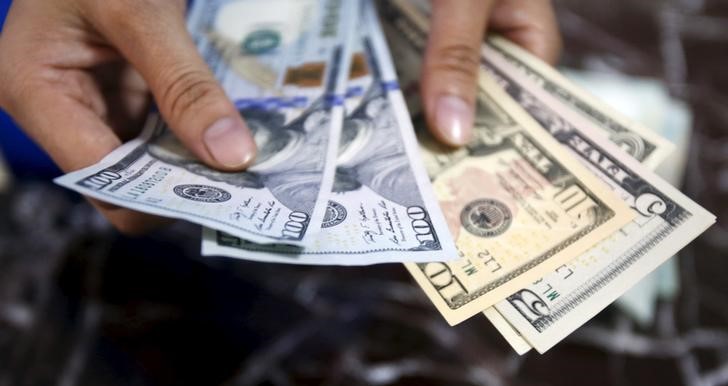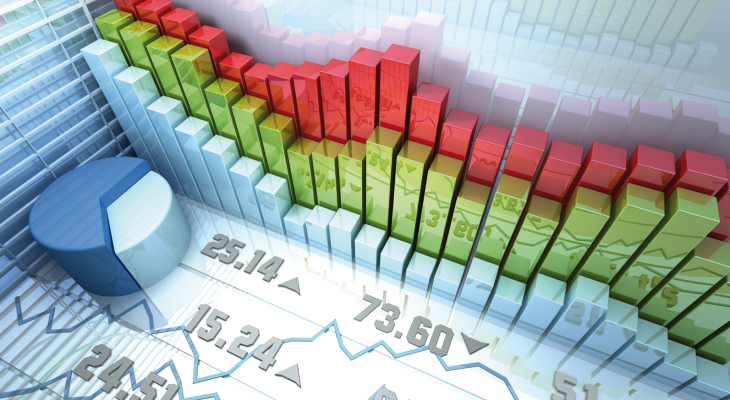The US dollar was lower against its most major counterparts in the European session on Friday, as a data showed that the nation’s consumer inflation worsened in December driven by a steep drop in gasoline prices.
Data from the Labor Department showed that US consumer prices edged slightly lower in the month of December.
The consumer price index slipped by 0.1% in December after coming in unchanged in November. The slight drop in consumer prices matched economist estimates.
Excluding food and energy prices, the core consumer price index rose by 0.2% in December, matching the increases seen in the two previous months as well as expectations.
The data cemented hopes that the Fed will take a pause on rate hikes in the near future, as remarked by Fed officials, including Chairman Jerome Powell.
In a speech on Thursday, Powell predicted no recession in 2019 and underscored the message of patience with further interest-rate hikes.
Fed Vice Chairman Richard Clarida also said the Fed could afford to take a wait-and-see stance on interest rates if headwinds to the economy from financial markets or global growth prove persistent.
The greenback depreciated to 108.15 against the yen, down from a high of 108.47 touched at 7:45 pm ET. The pair was worth 108.43 when it finished deals on Thursday. On the downside, 106.00 is possibly seen as the next support level for the greenback.
Data from the Ministry of Finance showed that Japan had a current account surplus of 757.2 billion yen in November. That exceeded expectations for a surplus of 566.3 billion yen and was down from 1,309.9 billion yen in October.
The trade balance reflected a deficit of 559.1 billion yen versus expectations for a shortfall of 612.6 billion yen, following the 321.7 billion yen deficit in the previous month.
The greenback fell back to 0.9814 against the Swiss franc, after rising to 0.9843 at 7:00 pm ET. At yesterday’s close, the pair was worth 0.9843. The next likely support for the greenback is seen around the 0.97 level.
The greenback remained lower at 1.1543 against the euro, reversing from a high of 1.1496 seen at 5:45 pm ET. The pair finished yesterday’s trading at 1.1500. The greenback is seen finding support around the 1.18 level.
The greenback held steady against the pound, after having dropped to a 1-1/2-month low of 1.2850 at 5:45 am ET. The greenback had set a 2-day high of 1.2710 against the pound early in the European session. The pound-greenback pair was quoted at 1.2744 at yesterday’s close.
Data from the Office for National Statistics showed that UK economic growth improved for a second straight month in November, led by services and construction growth, and exceeded economists’ expectations.
Gross domestic product grew 0.2% from October, when the economy expanded 0.1%. Economists had expected the pace of growth to remain unchanged. In September, GDP stagnated.
On the flip side, the greenback bounced off to 0.7197 against the aussie and 0.6816 against the kiwi, from its early more than 4-week low of 0.7235 and more than 3-week low of 0.6844, respectively. The greenback is poised to challenge resistance around 0.70 against the aussie and 0.66 against the kiwi.
The greenback appreciated to a 2-day high of 1.3269 against the loonie, following a decline to a 2-day low of 1.3183 at 4:15 am ET. Next key resistance for the greenback is possibly seen around the 1.34 level.
The US monthly budget statement for December is scheduled for release in the New York session.














